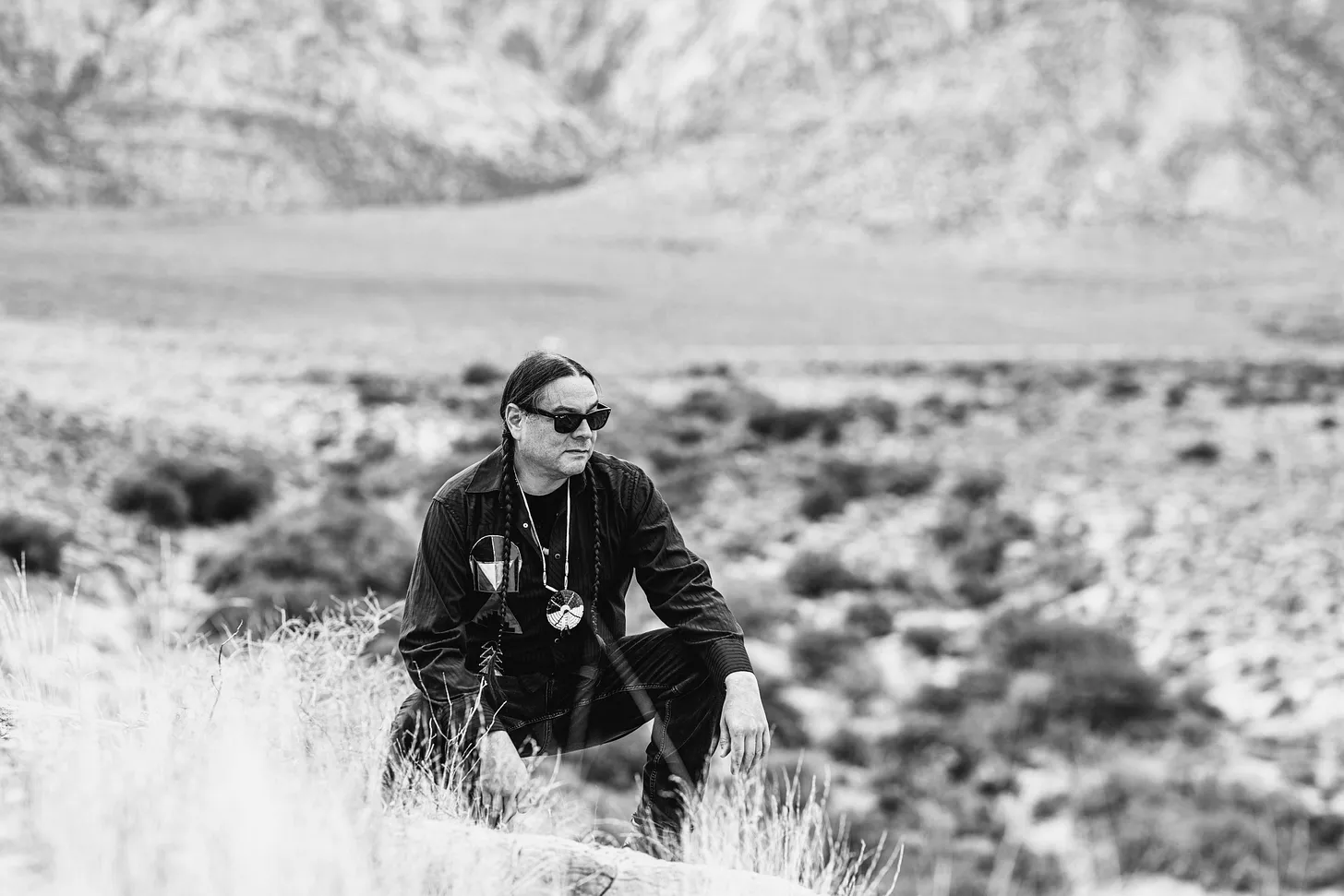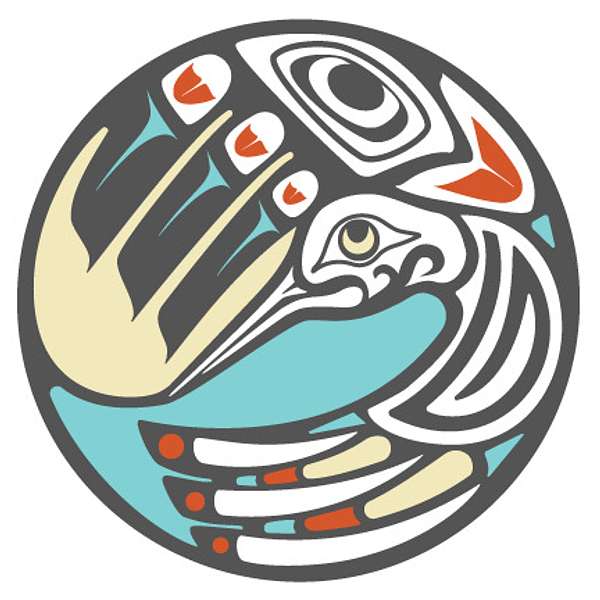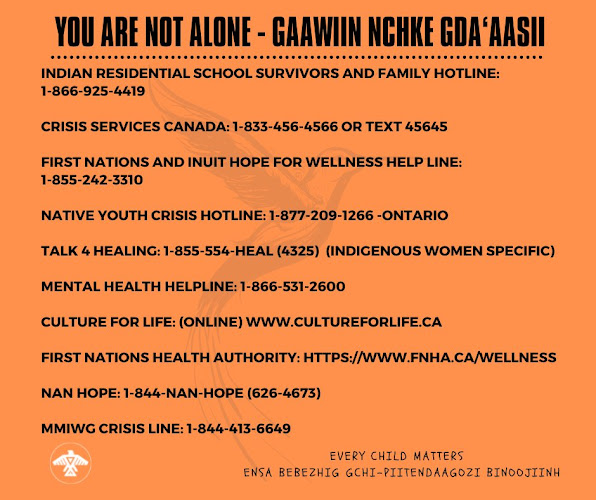By Brandon Ecoffey | LCT Editor
ROSEBUD, SD—Generations of Lakota people have been cast out in to the Native Diaspora by state and federal policies designed to break down traditional familial units. The citizens of the Rosebud Sioux Nation, however, are working to mend some of these relationships destroyed by government policy by welcoming home tribal citizens who were once thought of as lost. Since the inception of colonization in North America federal policy has been designed to erase the cultural bonds that Native people have with their communities occupying their ancestral lands. Early ideas on dealing with the “Indian problem” consisted of outright extermination, efforts to assimilate, and eventually to relocate whole nations, as well as individual tribal citizens to urban areas. The Indian Relocation Act of 1956 provided financial and professional incentives to Native people willing to abandon their lives on the reservation. After four years of the program the Bureau of Indian Affairs reported that approximately 31,000 people had joined the program, however, the full impact of Native people’s migration was that, according to PBS, as many as 750,000 Native people left their reservations to work in the cities.
Today many Native children find themselves living with non-Native families and in state foster care facilities as a result of hyper-aggressive efforts by state social service programs to seize Native children. According to a 2011 report by National Public Radio Native children make up 50% of those in South Dakota’s foster care system despite only being 15% of the overall population.
Of those Native children in foster care 90% of them are living with non-Native caretakers.

The Rosebud Sioux Tribe will welcome home adoptees at the 139th Annual Rosebud Fair, Rodeo and Contest Powwow, which runs August 28-30 at the Rosebud Fair Grounds in Mission, South Dakota. Image from RST
The result of these policies is thousands upon thousands of Native people living in the United States without a connection to their people or nations. To help repatriate these citizens with their own communities, at this year’s Rosebud Sioux Tribal Fair, a special ceremony will take place that will welcome home those who were sent off through adoption or in to foster care. “The inspiration for the event was Sandy White Hawk,” said Marlies White Hat of Sinte Gleska University’s Tiwahe GlukinIpi (Bringing the family back to life) program, a program that specializes in juvenile mental health. According to White Hat, Ms. White Hawk was placed in to a foster home in a small all white town. White Hawk would eventually find her roots and would embark on an effort to help bring Native people who were taken away back to their communities. Once she approached representatives of the tribe word spread throughout a network of tribal programs who were all supportive of the idea to host an event to welcome these people home. White Hawk has also created the First Nations Repatriation Institute whose mission is partly to “to bring awareness and healing to Indian communities impacted by adoption and foster care.”
During the fair the tribe will have a ceremony during the pow-wow for those coming home as well as family members of those who were adopted out. “Almost everyone I talked to mentioned that they knew someone or had a relative who was taken in to foster care. There are some stories of a black car pulling up and entering the home to take four children out. It was bad,” said White Hat. White Hat would add that all family members of people who were adopted out are invited to come.
For more information on the event please contact Sandy White Hawk at (651) 442-4872 or Marlies White Hat at (605) 856-8203. Find the award-winning Lakota Country Times on the Internet, Facebook and Twitter.























No comments:
Post a Comment
Please: Share your reaction, your thoughts, and your opinions. Be passionate, be unapologetic. Offensive remarks will not be published. We are getting more and more spam. Comments will be monitored.
Use the comment form at the bottom of this website which is private and sent direct to Trace.